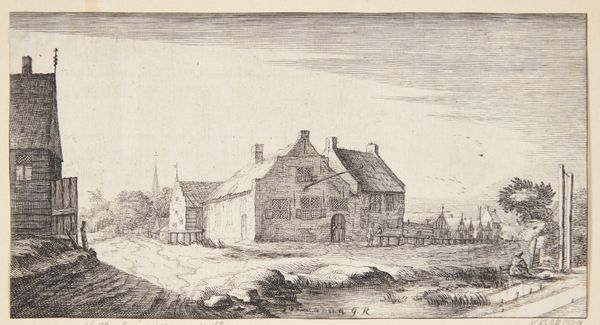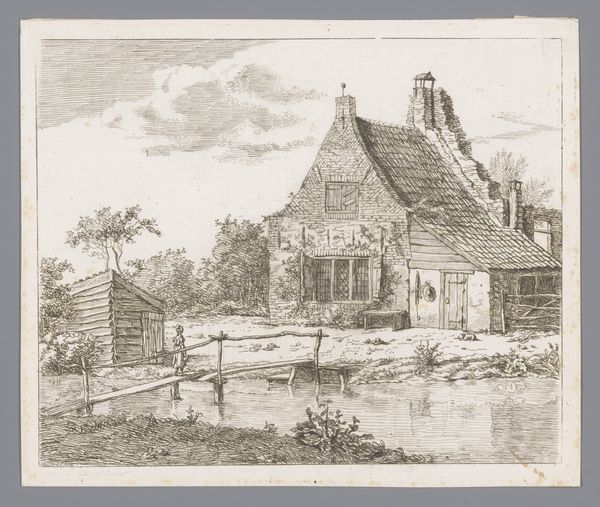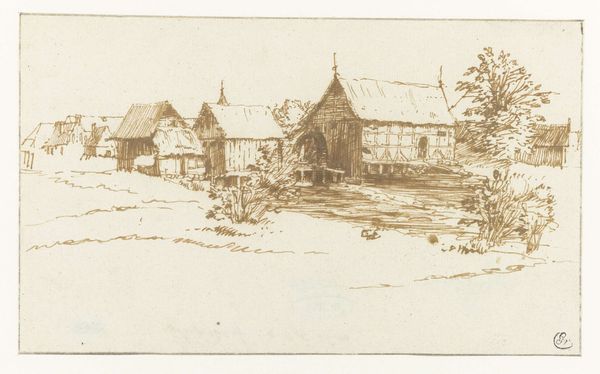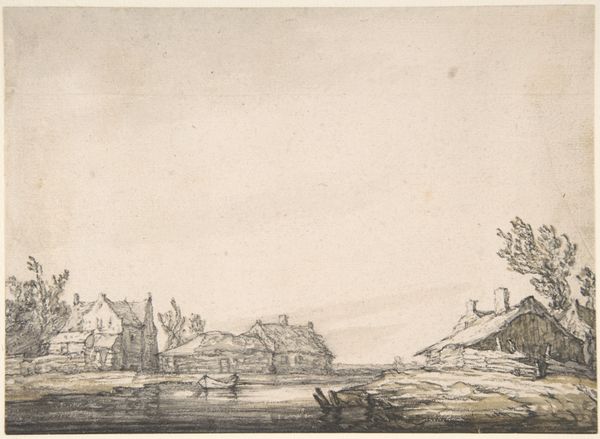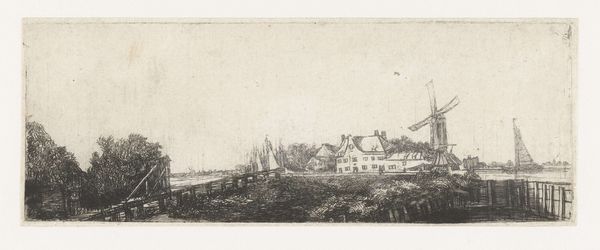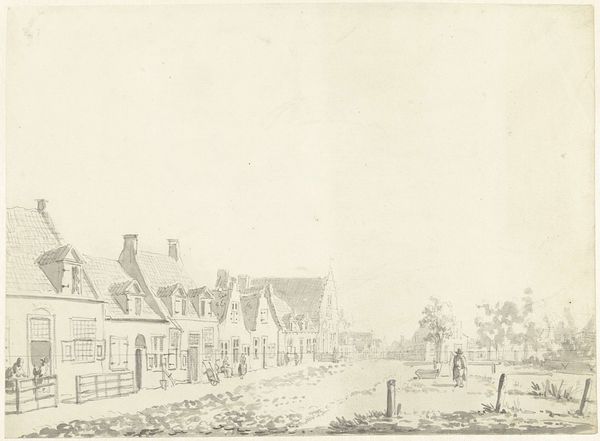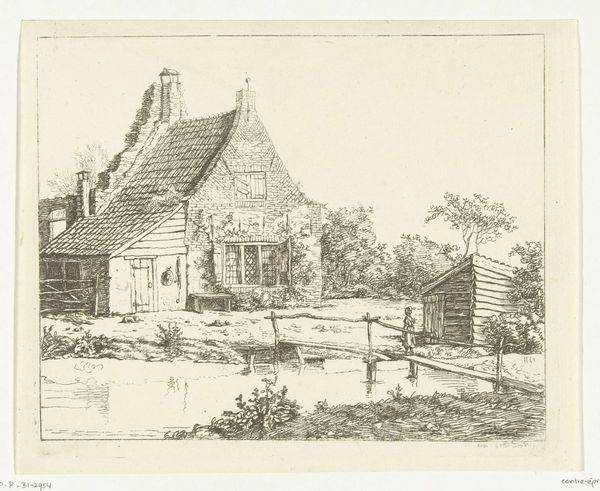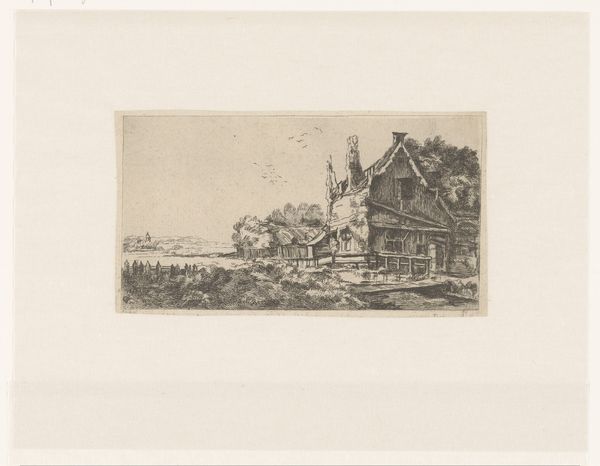
print, etching
#
dutch-golden-age
# print
#
etching
#
landscape
#
form
#
line
#
cityscape
#
realism
Dimensions: height 73 mm, width 338 mm
Copyright: Rijks Museum: Open Domain
Editor: This etching by Wijnand Otto Jan Nieuwenkamp, titled "View of the Island of Marken," was created in 1896. It’s incredibly detailed, a cityscape rendered in delicate lines. It evokes a feeling of serenity and simplicity. What symbols or visual cues stand out to you? Curator: The village itself becomes a symbol, doesn’t it? A collection of individual homes clustered together, representing community, resilience, perhaps even isolation in their island setting. Editor: Isolation? I hadn't considered that. Curator: The artist meticulously etched each building, their similar forms creating a visual rhythm, like musical notation. Think about it: water often signifies the unconscious, the unknown. Being surrounded by it, as the inhabitants of Marken are, underscores a psychological separation from the mainland, both physically and perhaps emotionally. Notice how the light reflects this? Editor: So, the etching becomes more than just a representation of a place. It's a portrayal of a state of mind. The uniform houses repeat shapes – steep roofs, dark rectangles - that become more profound, and the whole scene becomes symbolic. Curator: Exactly! Consider the horizon line, too. It’s low, giving prominence to the village. Perhaps an assertion of cultural identity against the vastness of nature, but is the water's edge blurred, obscuring where water ends and land begins, a constant negotiation with its environment? What do you think about how form influences this artwork's meaning? Editor: It's fascinating how the seemingly simple act of depicting a place can be so layered with meaning and memories through form. I definitely see the island's form as its cultural identity. Thanks so much for this interpretation. Curator: My pleasure! Every viewing offers fresh meaning, every line holds cultural memory.
Comments
No comments
Be the first to comment and join the conversation on the ultimate creative platform.



